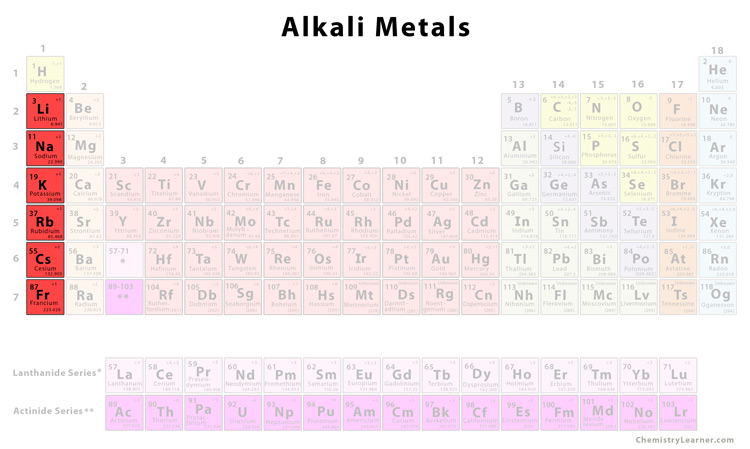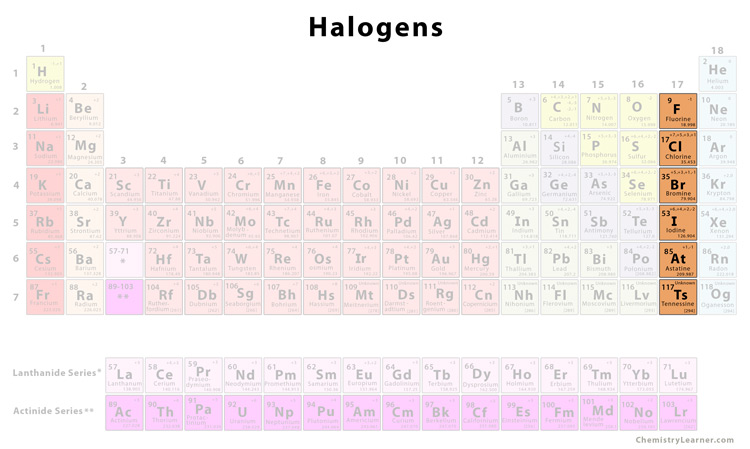Unit 3.2 Oxides, Group 1 & Group 17
3.2.1 Periodic Trends: Oxides Across a Period
Oxides Across a Period
Oxide = a binary compound that contains oxygen and another element
ex. Carbon dioxide CO2
Since oxides are acid-base they show their chemical trend: they change from basic to amphoteric to acidic as you move across a period
Amphoteric = having the ability to react chemically as either an acid or a base
ex. Aluminum oxide (so it can react with an acid like HCl or with a base like NaOH)
Period 3 Oxides
Na2O | MgO | Al2O3 | SiO2 | P4O10 | SO2 and SO3 |
|---|---|---|---|---|---|
Basic | Basic | Amphoteric | Acidic | Acidic | Acidic |
The reason for the different acidic or basic natures is because of their structure, bonding, and electronegativity
Na2O | MgO | Al2O3 | SiO2 | P4O10 | SO2 and SO3 | |
|---|---|---|---|---|---|---|
Basic | Basic | Amphoteric | Acidic | Acidic | Acidic | |
Structure | Giant Ionic | Giant Ionic | Giant Ionic | Giant Covalent | Simple Molecular | Simple Molecular |
Bonding | Ionic | Ionic | Ionic/Covalent | Covalent | Covalent | Covalent |
Na | Mg | Al | Si | P | S | Cl | O | |
|---|---|---|---|---|---|---|---|---|
Electronegativity | 0.9 | 1.2 | 1.5 | 1.8 | 2.1 | 2.5 | 3.0 | 3.5 |
Electrons will be transferred to oxygen when forming oxides and providing an ionic bond because of the highest difference in electronegativity between oxygen and Na/Mg/Al
On the other hand, Si, P, and S (elements with the least difference in EN) will share the electrons with oxygen to form covalently bonded oxides
3.2.2 Periodic Trends: Group 1 - The Alkali Metals

Group 1 Metals = “Alkali Metals” = metals that form alkaline solutions with high pH when they react with water
All elements in group 1 end with the electron configuration: ns1
Physical Properties
Soft and easy to cut (more so as you move down the group)
Shiny
Conduct heat/electricity
Low melting points (decreases more going down the group since atomic radius increases so metallic bonding gets weaker)
Low Density
Chemical Properties
Reactive with oxygen and water in the air
Often kept under oil to prevent reactions
Highly reactive with water
And produces an alkaline metal hydroxide solution and hydrogen gas
3.2.3 Periodic Trends: Group 17 - The Halogens
The Halogens

Group 17 non-metals
Poisonous
Diatomic = forming molecules of 2 atoms
Have 7 valence electrons
Form halide ions by gaining one more electron to complete the octet rule
Halogen | Physical State @Room Temp | Color (In solution) |
|---|---|---|
Fluorine | Gas | Yellow |
Chlorine | Gas | Pale Green (Green-Blue) |
Bromine | Liquid | Red-Brown (Orange) |
Iodine | Solid | Black (Dark Brown) |
Physical Properties Trends (Down the Group)
Density, Melting/Boiling Points of the halogens increase going down the group
Reactivity decreases down the group
Why?
Halogens electron configurations all end in ns2np5
When the 7 valence electrons react, they need one more to have a full shell
Electron Affinity decreases
Atomic Radius increases
→ # of Shells increases
→ Shielding increases
→ Distance to nucleus increases
→ Weaker electrostatic forces to attract the 8th electron
Therefore, as you go down the group, the reactivity decreases (because it is harder to attract the 8th electron)
Reaction of Halogens with Halid Ions in Displacement Reactions
Halogen Displacement = When a more reactive halogen displaces a less reactive halogen from an aqueous solution of its halide
Halogen Displacement Reactions
Chlorine and Bromine
Chlorine + colorless potassium bromide = bromine (Orange Solution)
Since chlorine is above bromine in group 17, it is more reactive
So chlorine will displace bromine
2KBr (aq) + Cl2 (aq) → 2KCl (aq) + Br2(aq)
potassium bromide + chlorine → potassium chloride + bromine
Bromine and Iodine
Since bromine is higher than iodine in group 17, it is more reactive
Thus, bromine will displace iodine
Br2 (l) + 2NaI (aq) → 2NaBr (aq) + I2 (aq)
bromine + sodium Iodide → sodium bromide + iodine
 Knowt
Knowt
